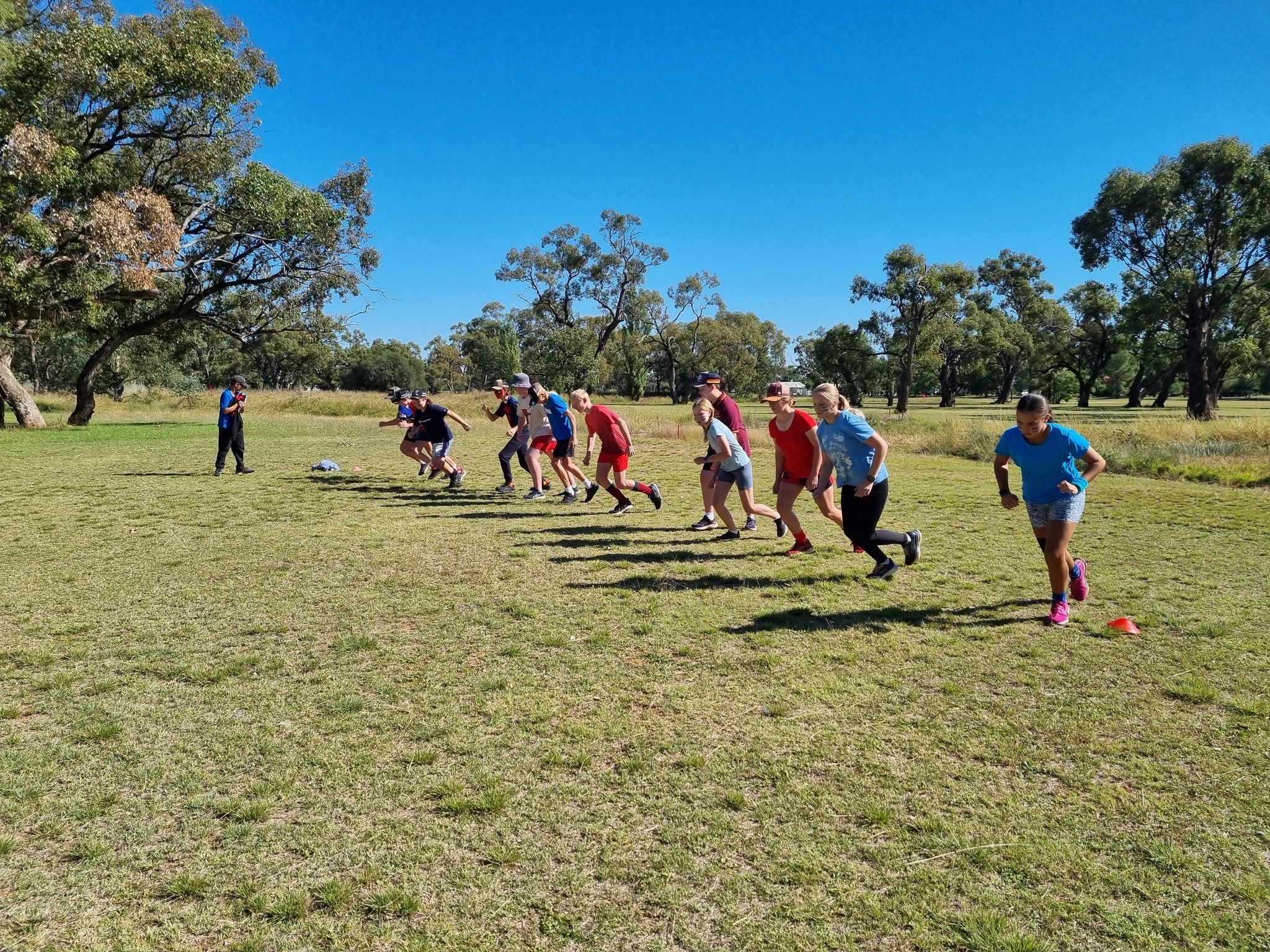MICE PLAGUING THE WEST
By Anne Coffey
The mouse population is out of control, particularly in the North West where crops are sustaining serious damage and fears are growing for winter crop damage.
According to NSW Farmer’s President James Jackson, farmers and rural communities need some help to afford mice control as mice populations continue to grow and are damaging crops, destroying hay stores, and getting into silos, sheds and homes.
Reports of a supermarket at Galargambone catching up to 600 mice a day and spending 6 to 8 hrs cleaning, locking produce into fridges and containers. Even the toilet paper is being chewed.
Some news outlets are reporting patients in hospitals being bitten and reports of an increase of leptospirosis affecting people and animals are been reported
So far this region has not been so badly affected but after a slowing in activity a few weeks ago, householders in Condobolin are reporting catching anywhere from 8 to 50 mice a night.
Bait, traps and steel wool are almost unattainable and the smell of mice and their decomposing bodies from baited areas is very evident in many buildings.
As well as the domestic and retail damage that the mice can do, real fears are growing for the damage they will do to crops after they are sown as the mice forage for planted seed and damage grain stores.
Already many farmers are complaining of the damage to silo bags, as they puncture the bags and damage the seed, as well as allowing moisture and weevils into the grain.
According to a Grains Research and Development Corporation (GRDC) online Mouse Update the GRDC recognises the enormity of the mouse problem and the severe impact it has on growers’ businesses, their families, their communities and the broader industry.
The GRDC is currently putting more money into research to help understand and combat mouse population explosions.
In the meantime they have a number of recommendations to assist with mouse control.
• Apply broad scale zinc phosphide bait: According to the label, at the prescribed rate of 1kg/ha.
• Apply bait at seeding or within 24 hours: While seed is still covered by soil increasing the likelihood of mice taking the bait, prior to finding the seed. Rebait through the season as needed.
• Timing is critical: Delays of 4-5 days in baiting after seeding can give mice time to find crop seed. High populations can cause up to 5% damage each night.
• Monitor paddocks: Check paddocks regularly and update local data using the MouseAlert website.
• After harvest and prior to sowing – minimise sources of food and shelter: Control weeds and volunteer crops along fence lines, clean up residual grain by grazing or rolling stubbles.
According to NSW Farmers it is vitally important “that you check the label of all mouse control products carefully before use.
There have been reports of paddock control products being used in private dwellings causing significant medical issues. Furthermore, there are restrictions on the use of some products in fallow paddocks, so it is important to check all chemical use labels carefully before use.” (NSW Farmers News Letter)
Further information can be found through GRDC at
https://grdc.com.au/resources-and-publications/resources/mouse-control.

18 mice one nights catch from a household just out of town. Image Contributed.
Latest News
Condobolin Public School commemorates
On Thursday, 11 April Condobolin Public School held their ANZAC [...]
Cross Country 2024
On Friday 12th April, Trundle Central School held their annual [...]
Competing in the PSSA NSW State Swimming Championships
A massive congratulations to Tullibigeal Central Schools super fish, Veritty, [...]
Managing canola pests using beneficial insects
Australian grain growers will benefit from improved pest management strategies [...]
WNSWLHD shining a spotlight on Dietician Anne Manvell
Western NSW Local Health District (WNSWLHD) has highlighted the impact [...]
On the hunt for eggs
Bogan Gate Public School students celebrated Easter at the end [...]










